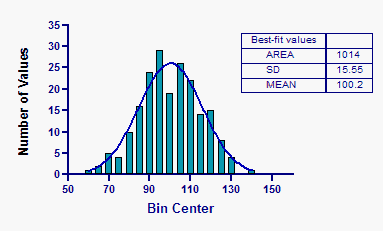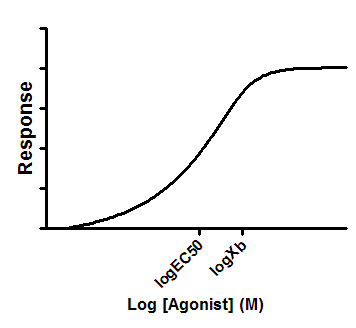

Our data supported the use of 7 trials per day and a spaced training protocol as key factor to unmask memory impairment following CHI. We, also, demonstrated that a single mild closed head injury (CHI) caused deficits in this task at two weeks post-CHI. To further validate our RAWM protocol, we used scopolamine. Mice that did not receive training performed poorer compared to mice trained. We demonstrated that two days of training, exposing the mice to extra-maze cues and a visible platform, influenced learning and memory performance. C57BL/6 mice were tested in an 8-arm RAWM using a four-day protocol.

The present study investigates whether test procedures, such us the presence of extra-maze cues influences learning and memory performance. RAWM is a visuo-spatial learning test, originally designed for use with rats, and later adapted for mice. Our goal was to validate and standardize the radial arm water maze (RAWM) test as an assay to screen for cognitive impairments caused by TBI. There is a need for establish reproducible cognitive assays in rodents to better understand disease mechanisms and to develop therapeutic interventions towards treating TBI-induced impairments. Y = -0.0192(4) 4 + 0.7081(4) 3 – 8.3649(4) 2 + 35.823(4) – 26.516 = 23.Cognitive impairments can be a significant problem after a traumatic brain injury (TBI), which affects millions worldwide each year. For example if x = 4 then we would predict that y = 23.34: We can use this equation to predict the value of the response variable based on the predictor variables in the model. Residual standard error: 2.424 on 10 degrees of freedom Step 1: Create & Visualize Dataįirst, let’s create a fake dataset and then create a scatterplot to visualize the data: #create data frame The following step-by-step example explains how to fit curves to data in R using the poly() function and how to determine which curve fits the data best.

Often you may want to find the equation that best fits some curve in R.


 0 kommentar(er)
0 kommentar(er)
